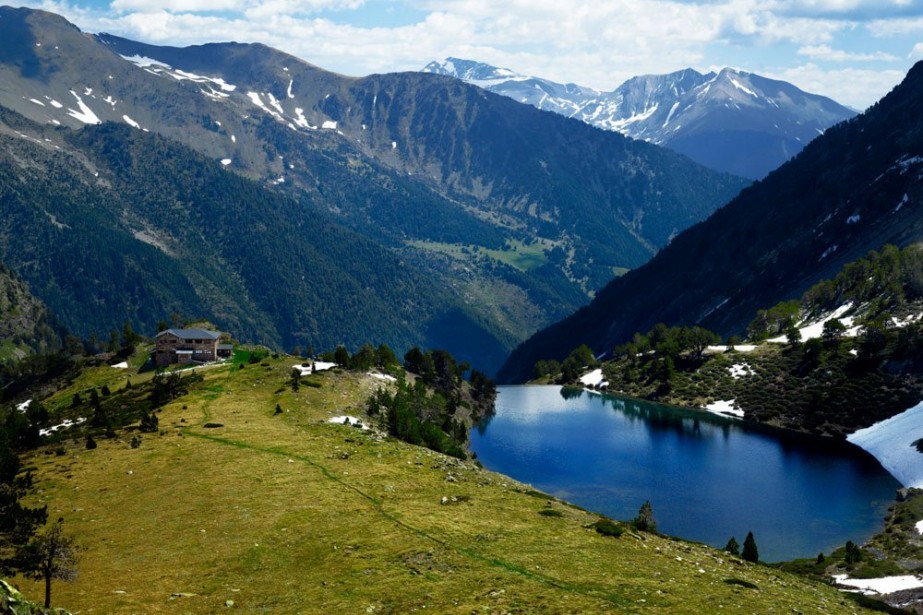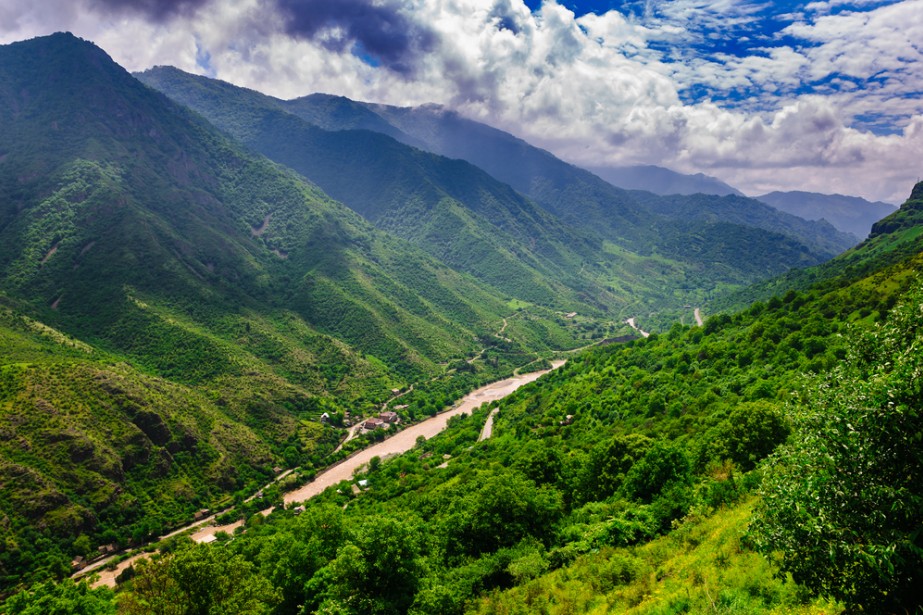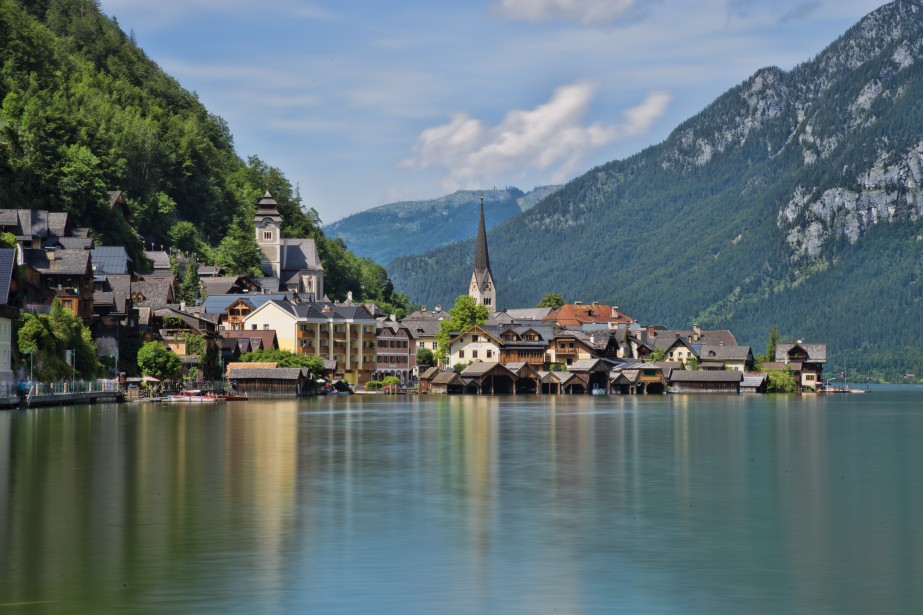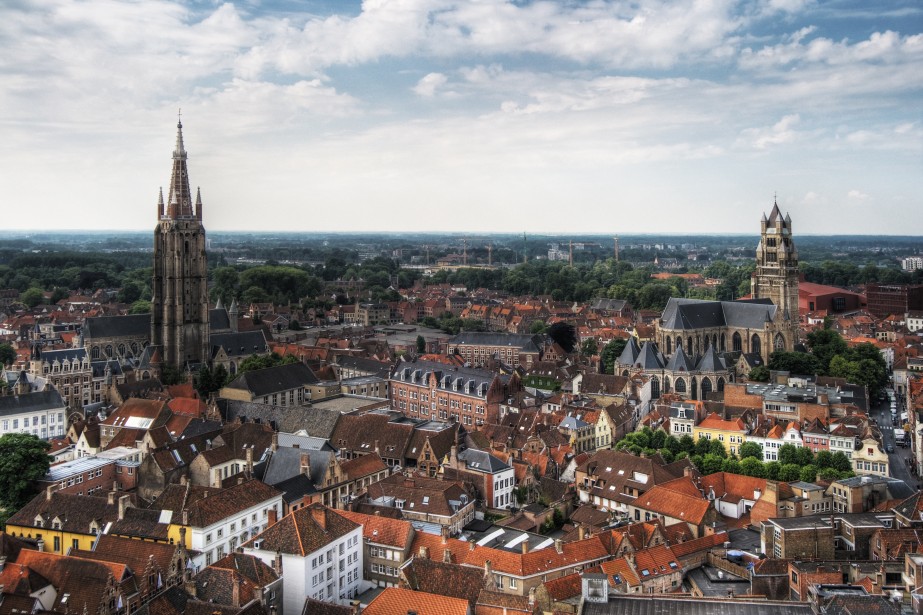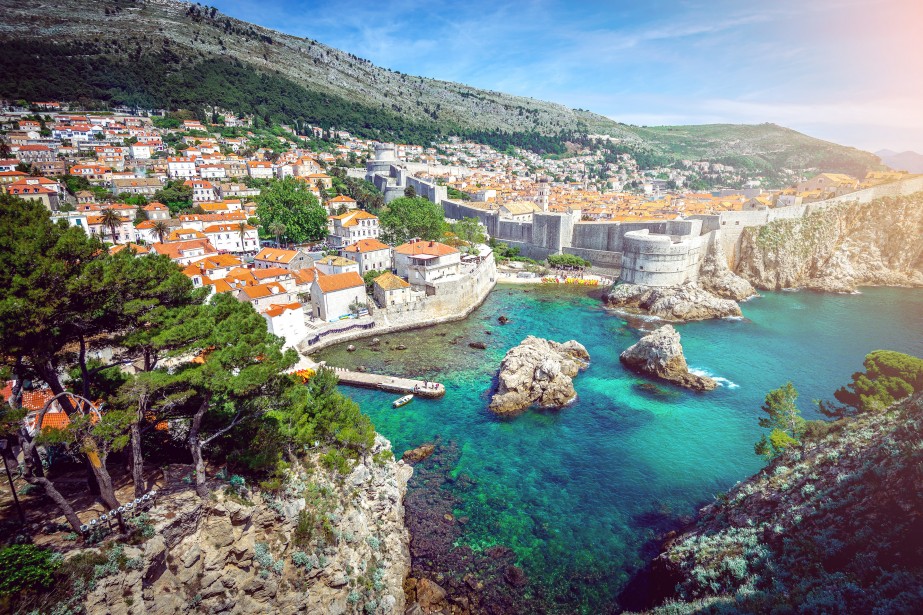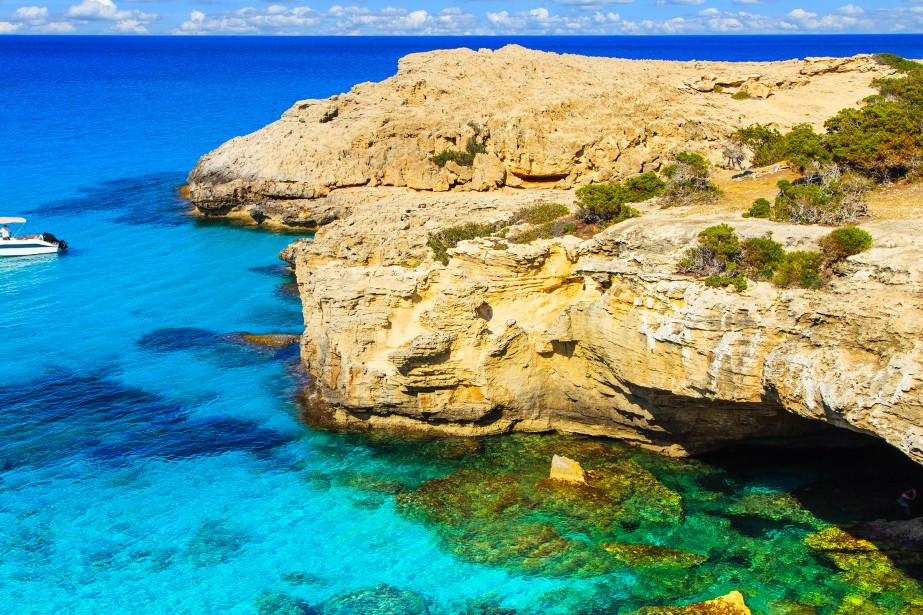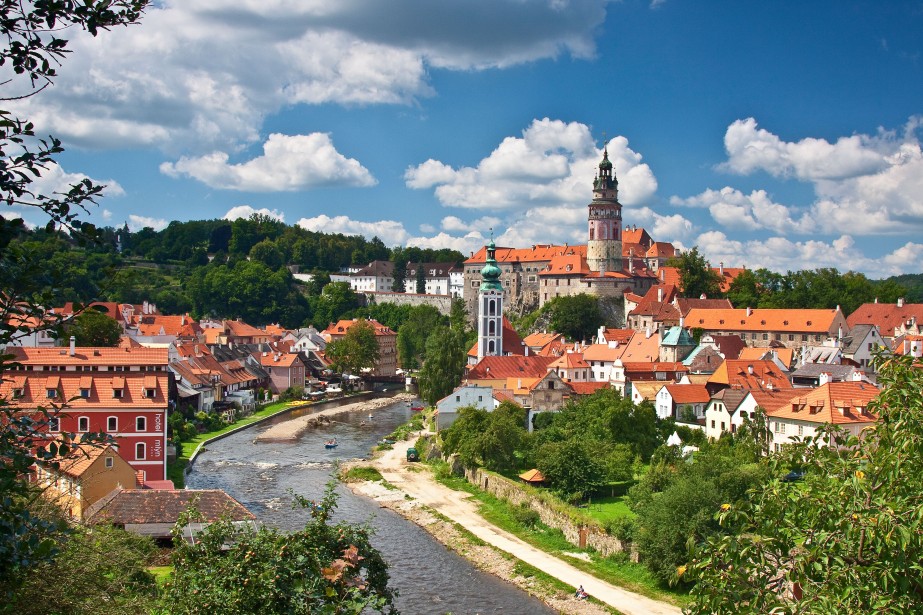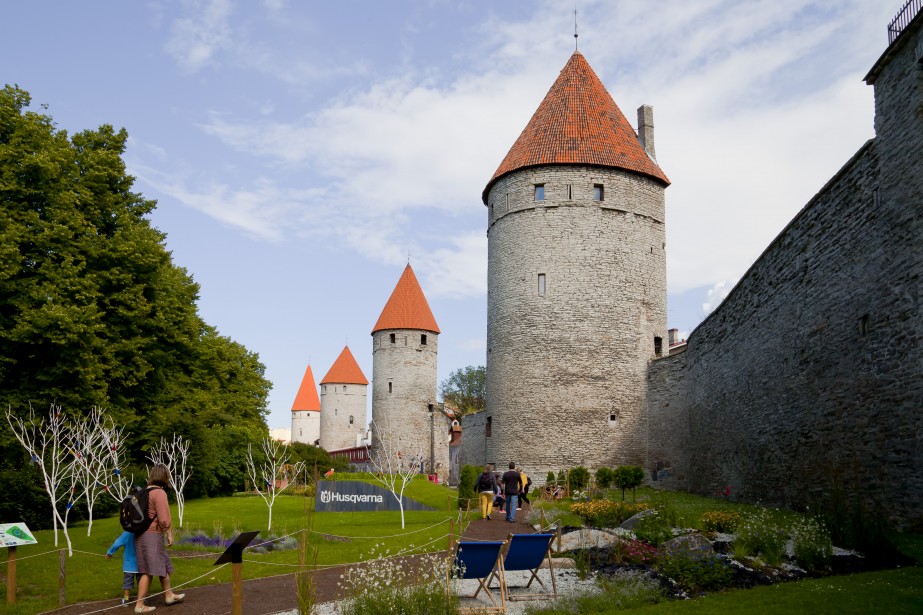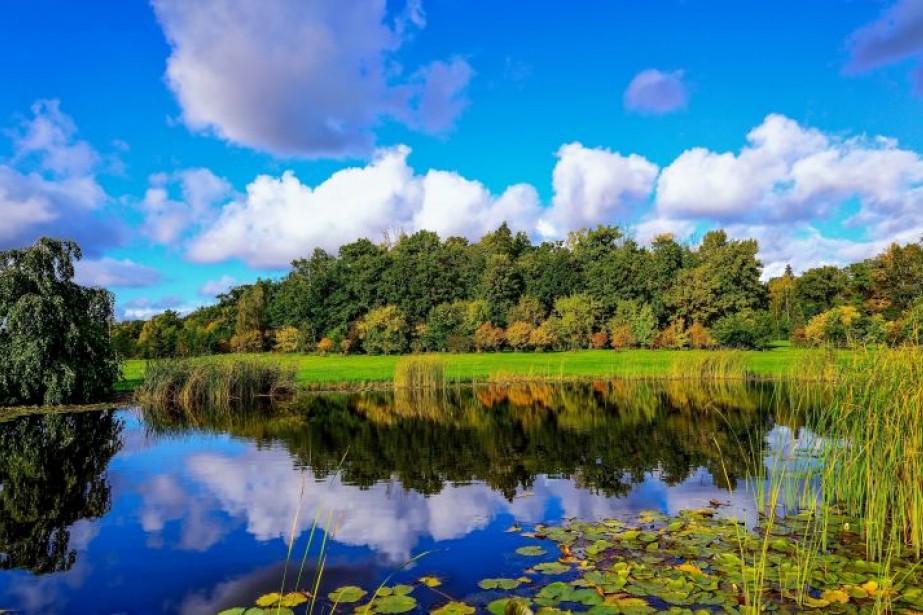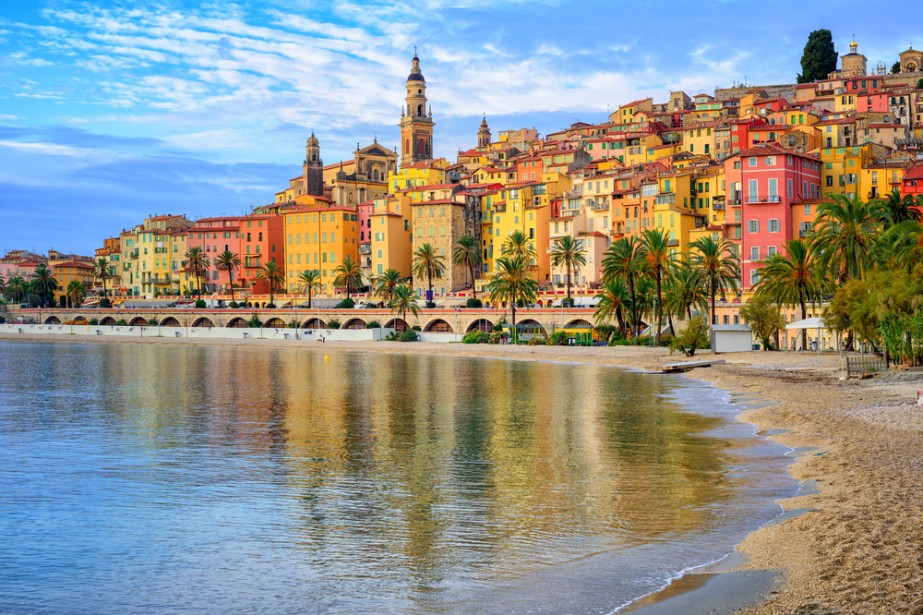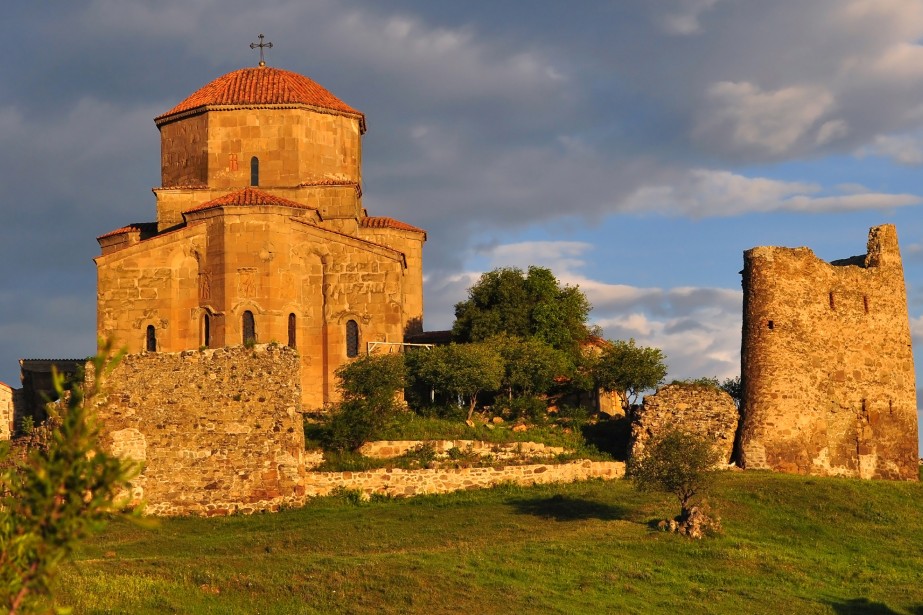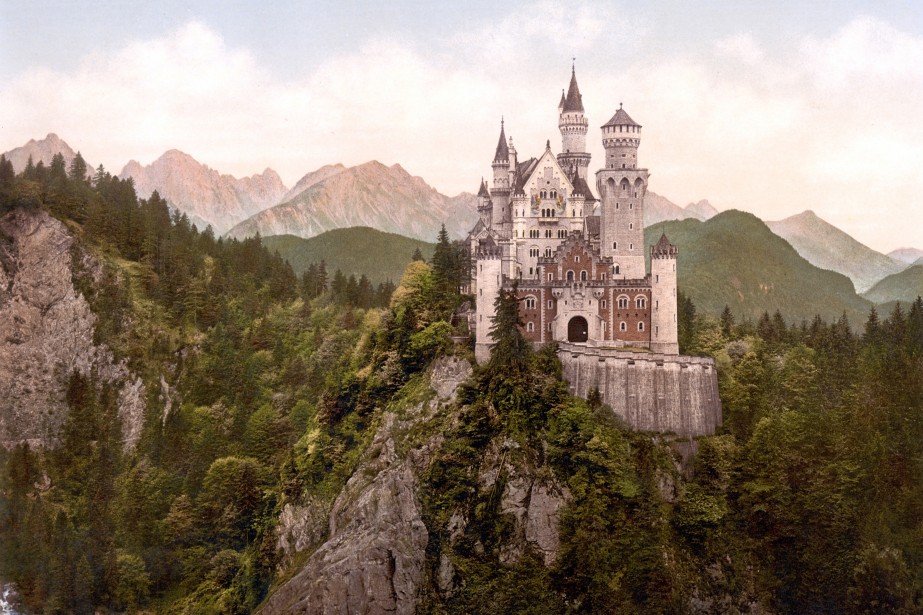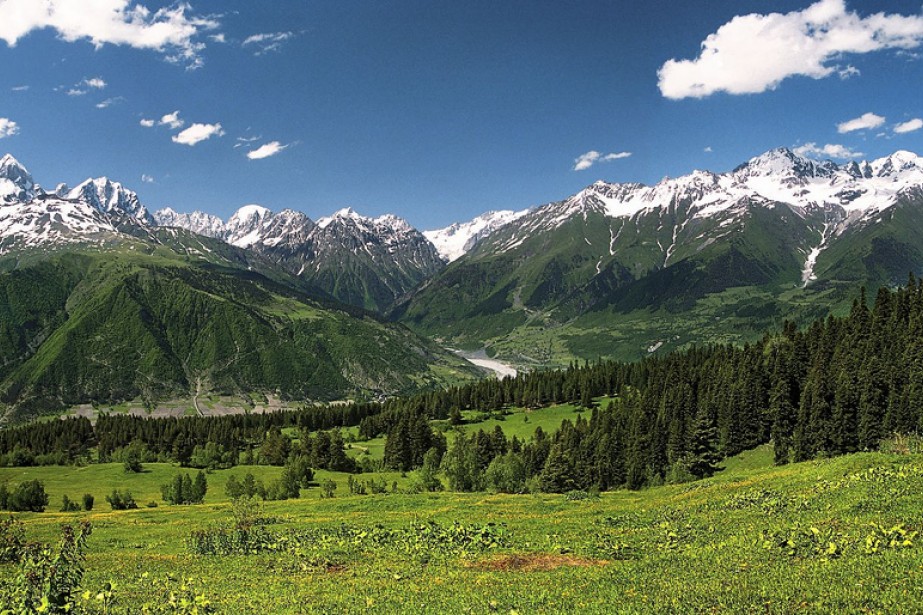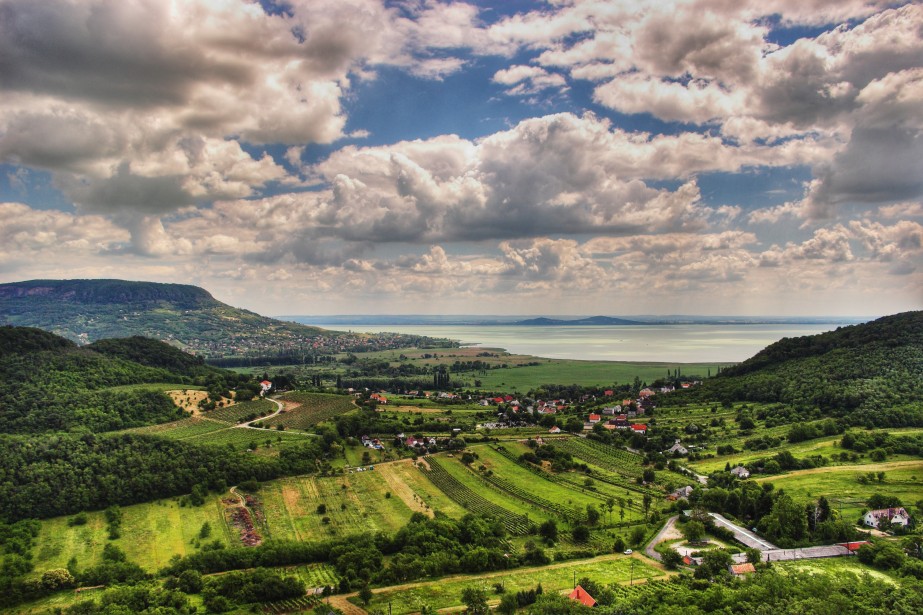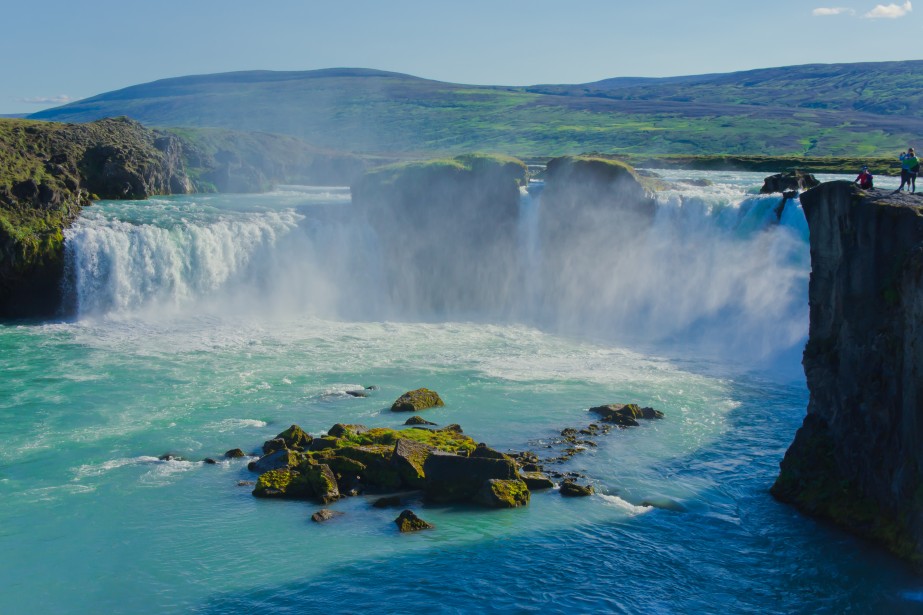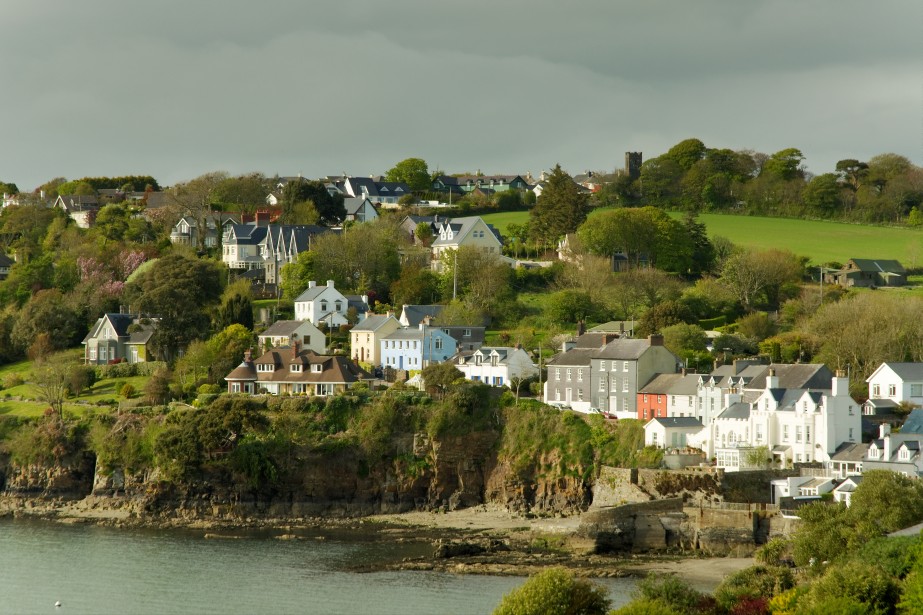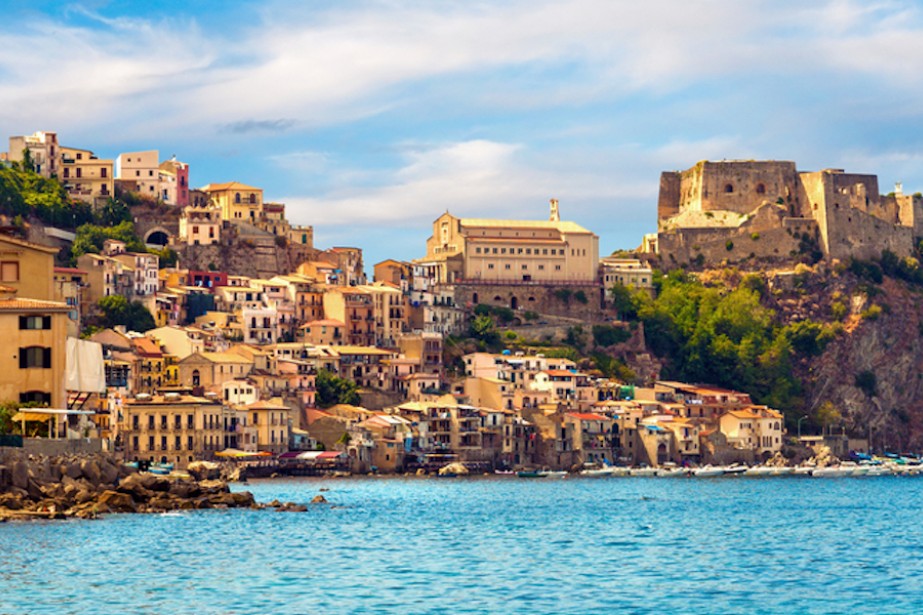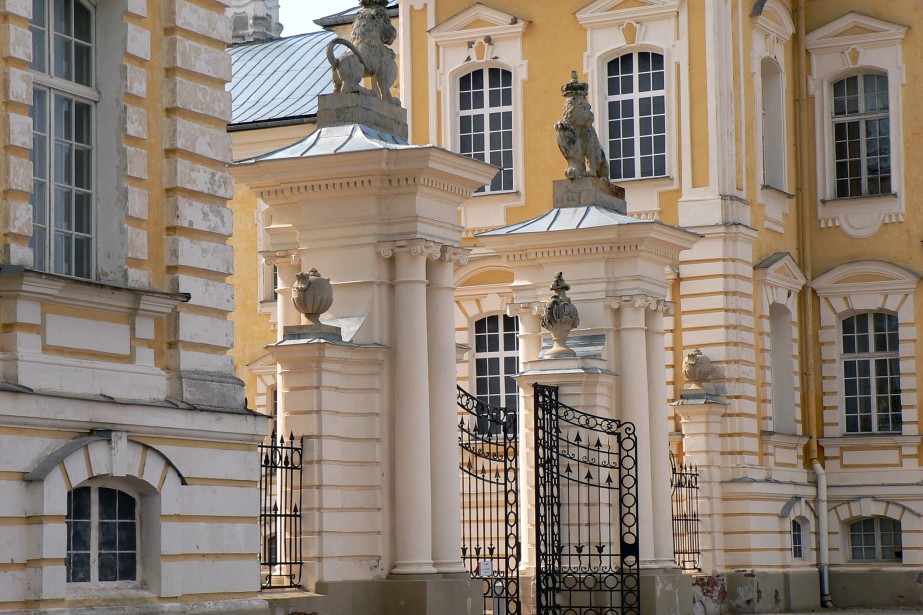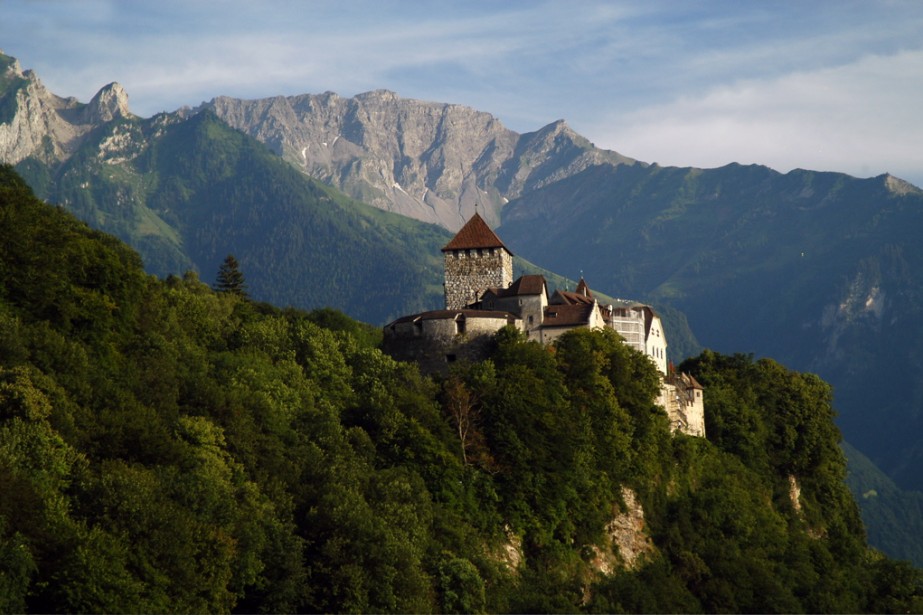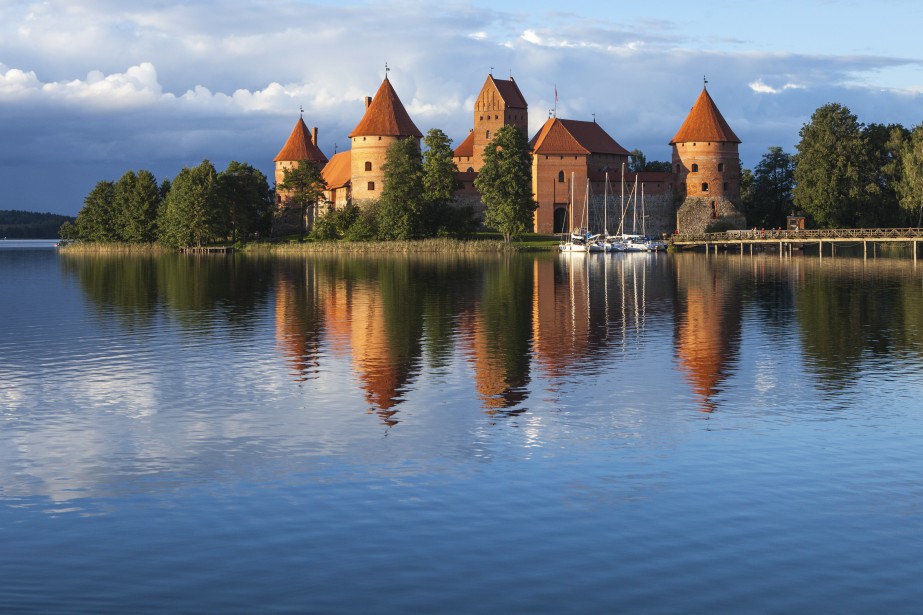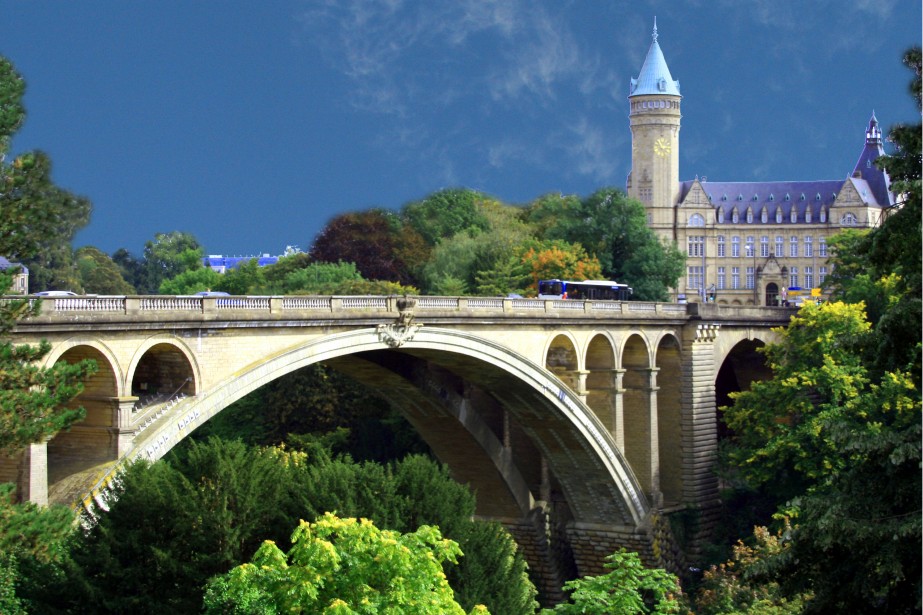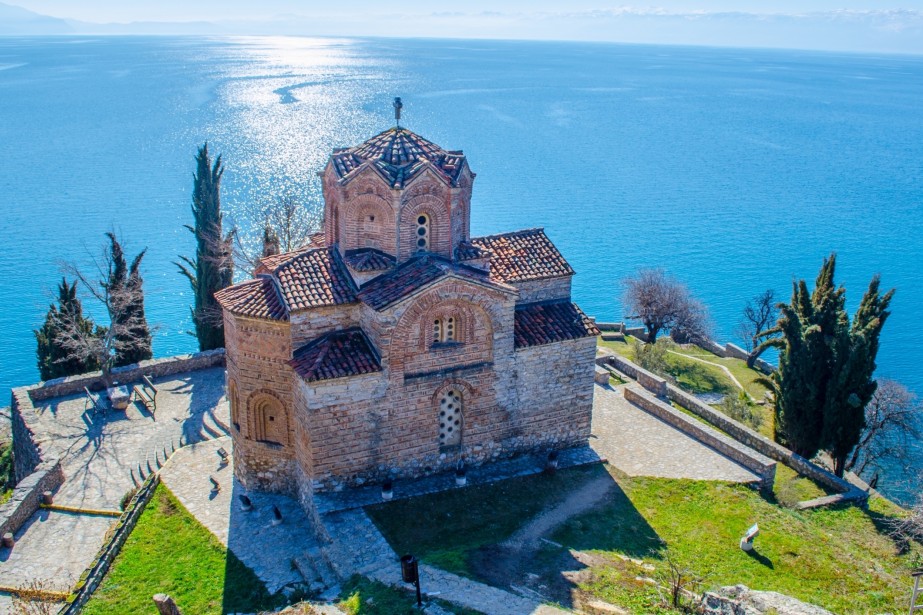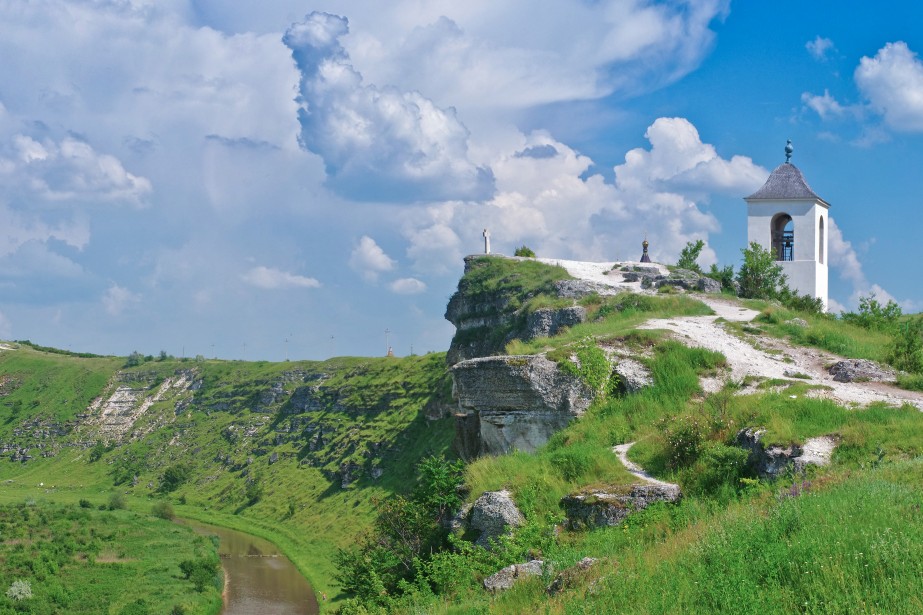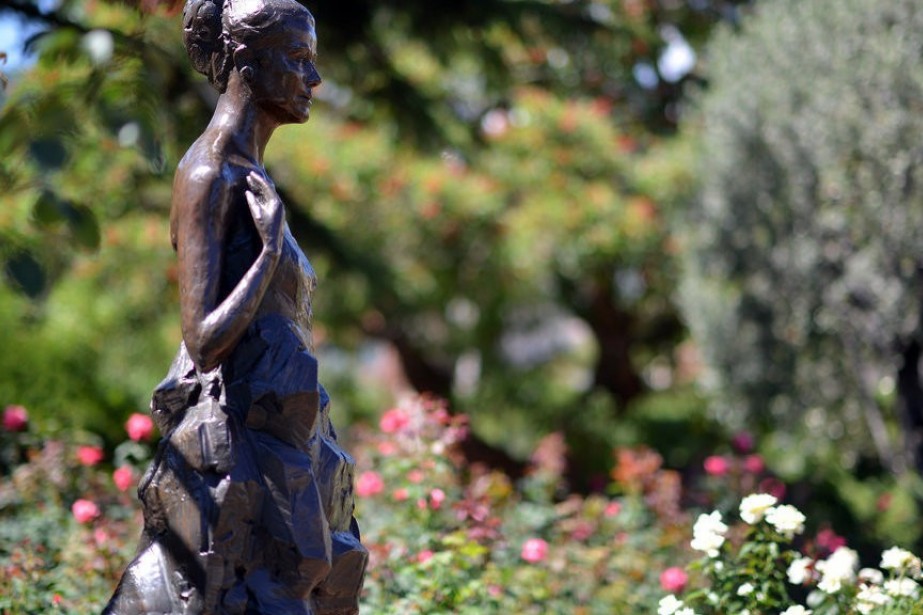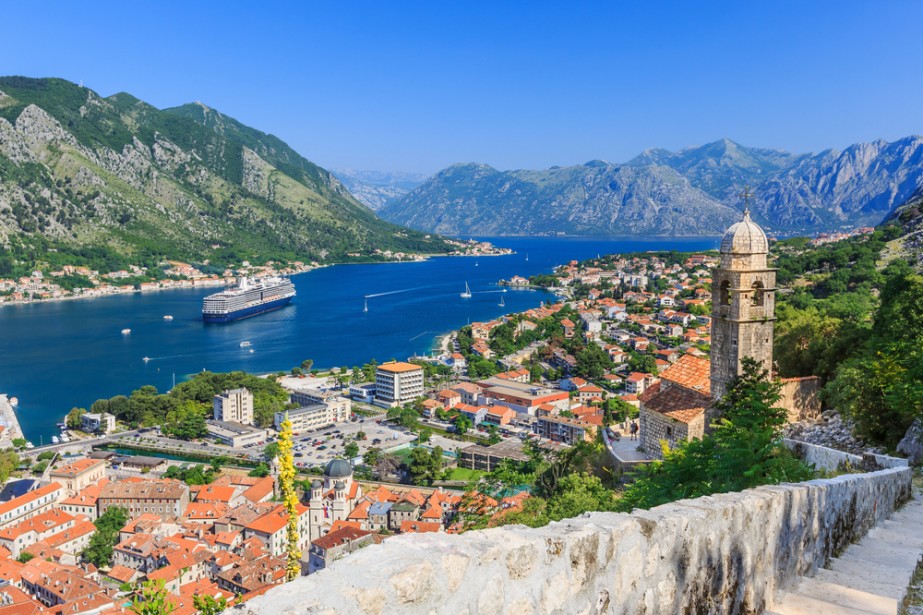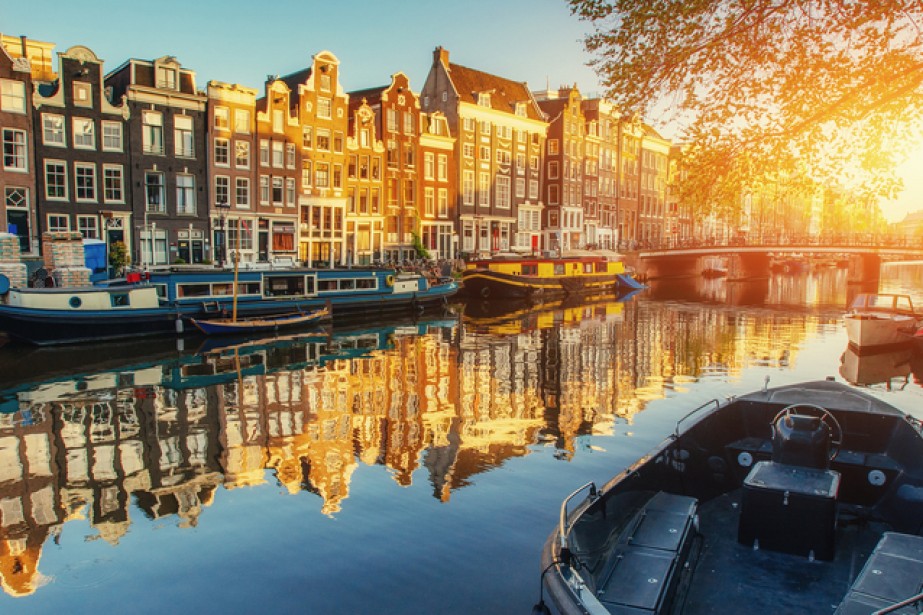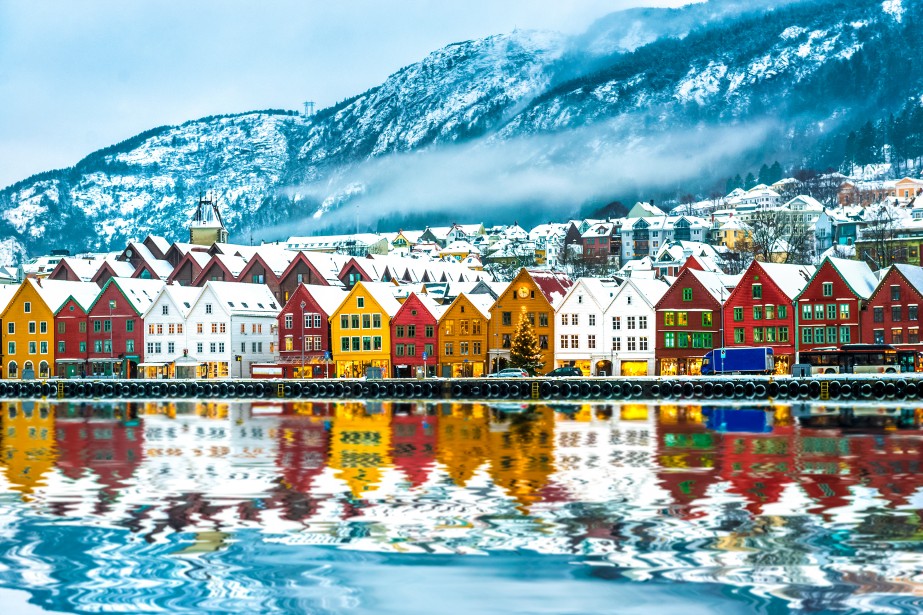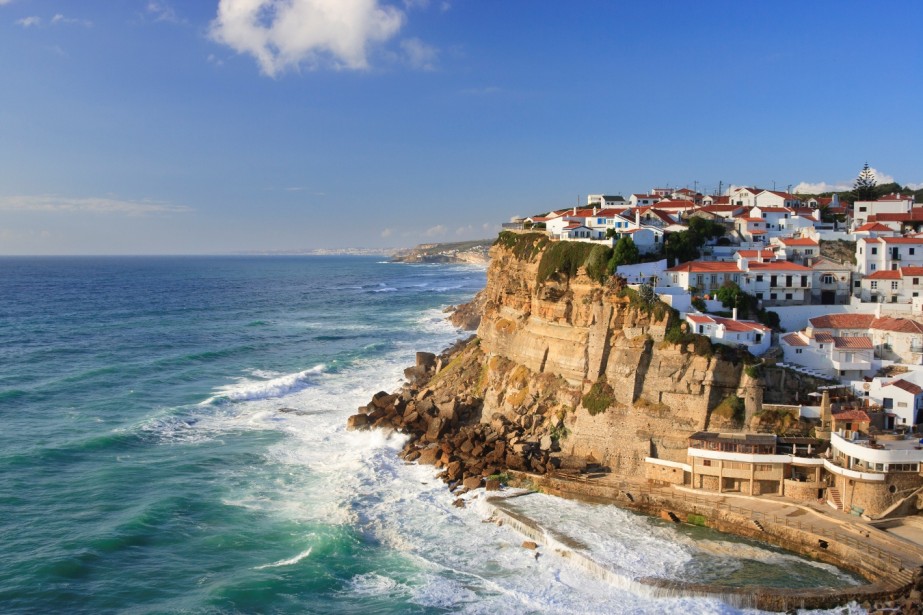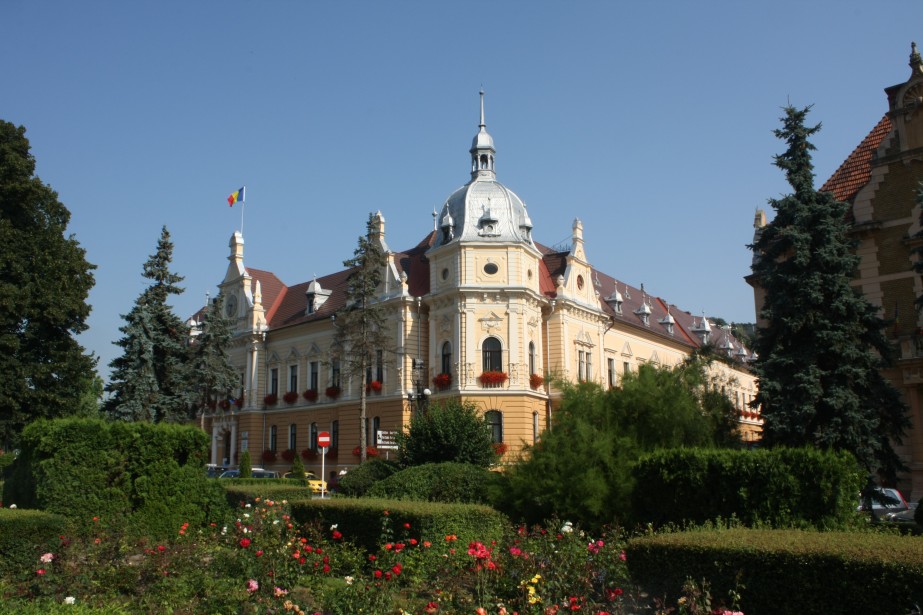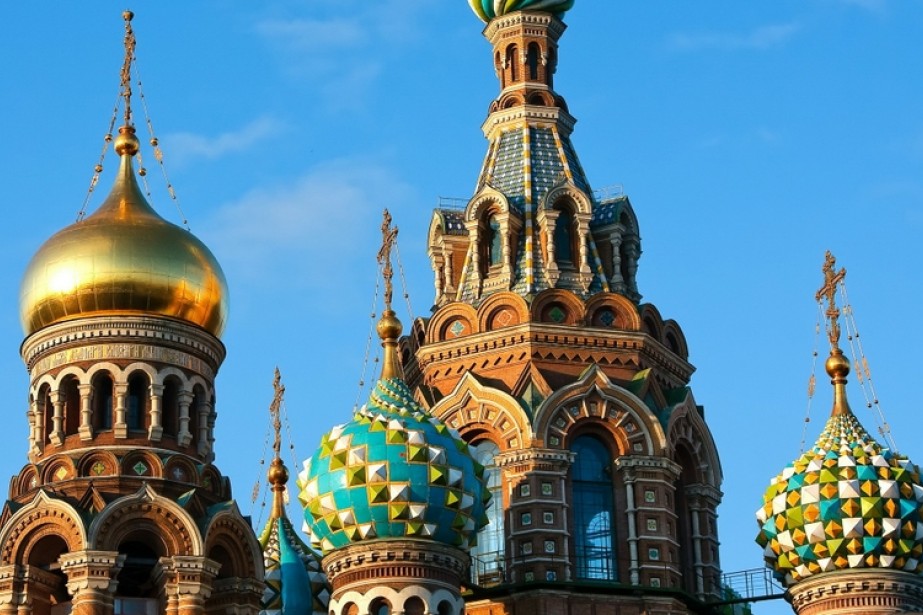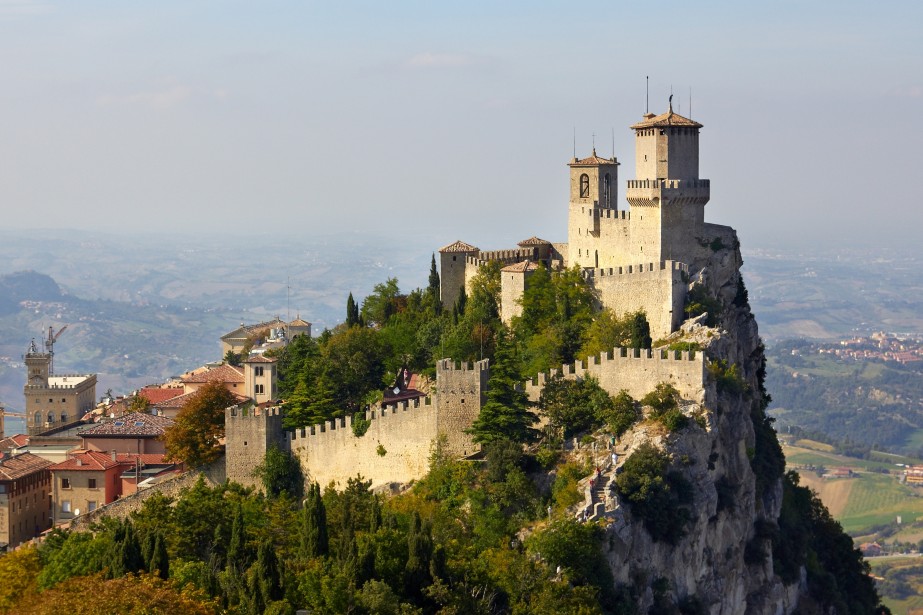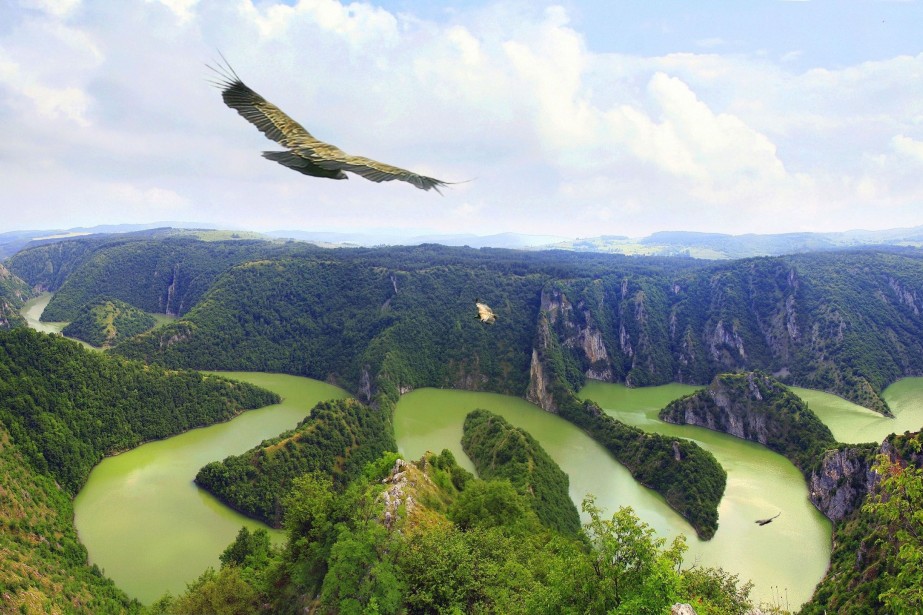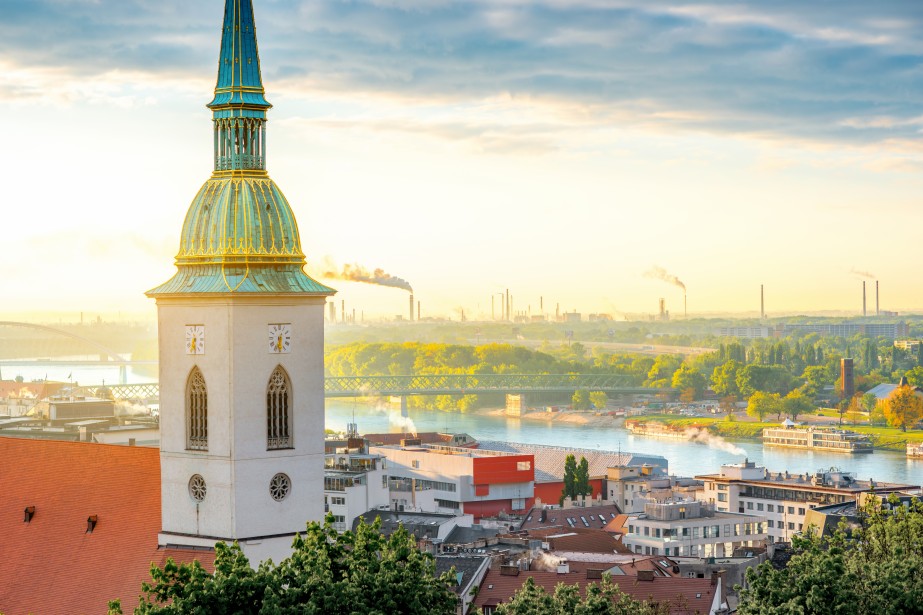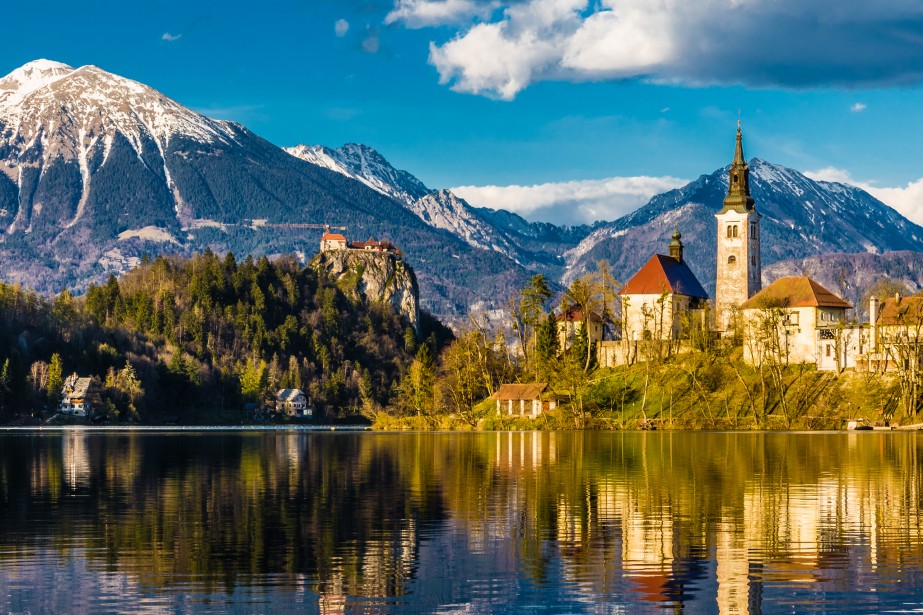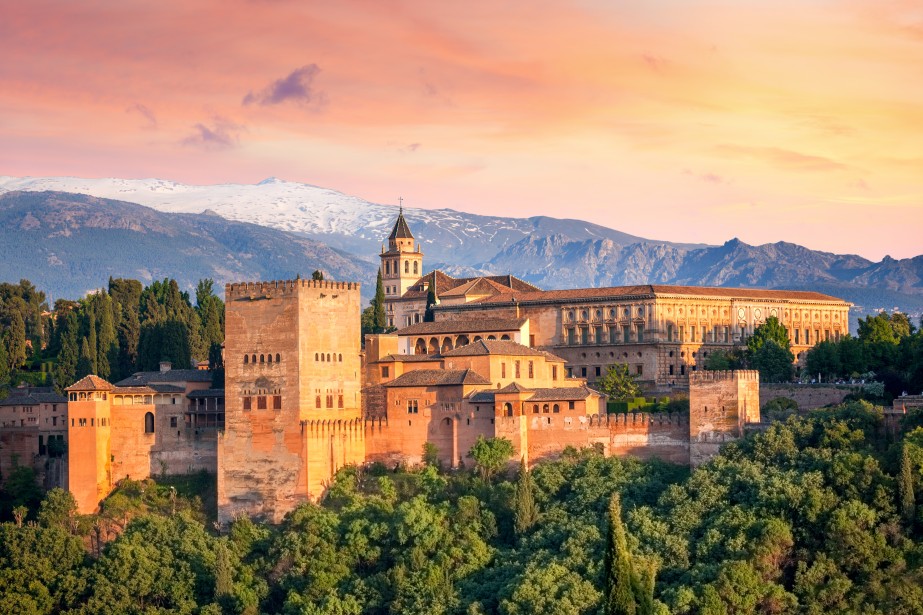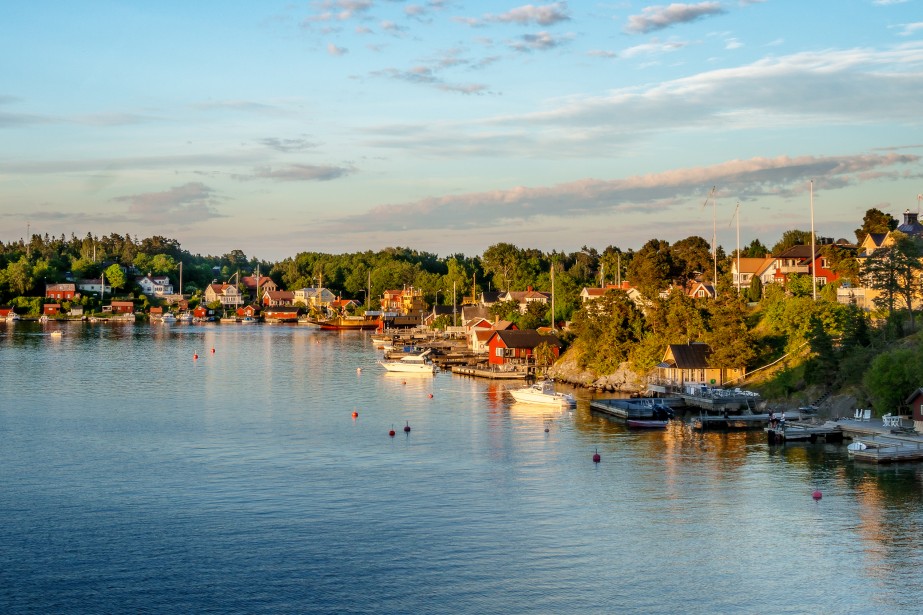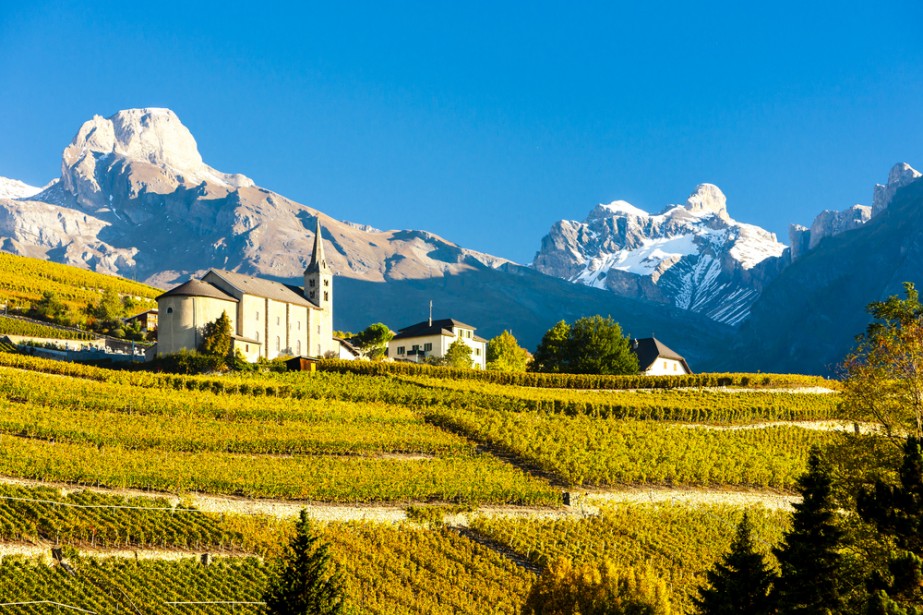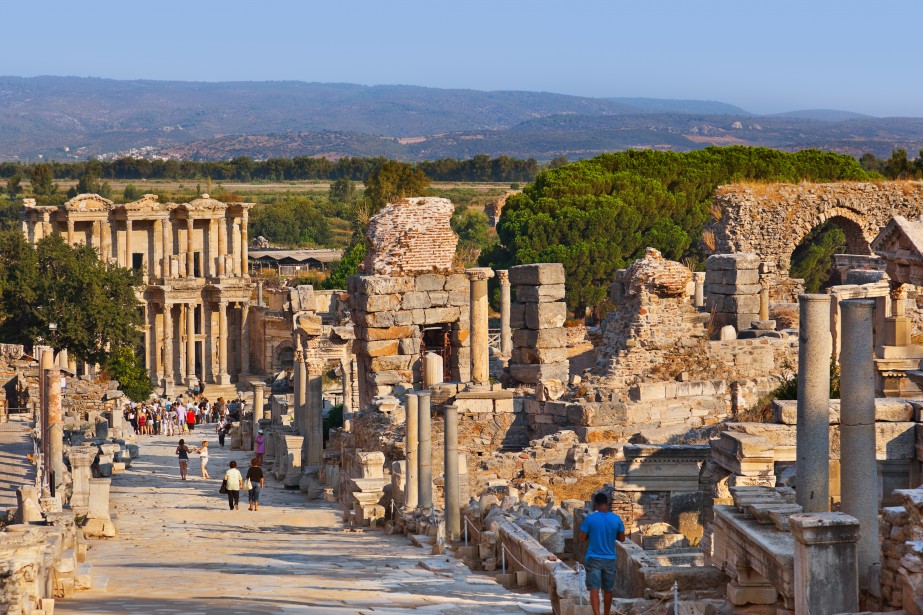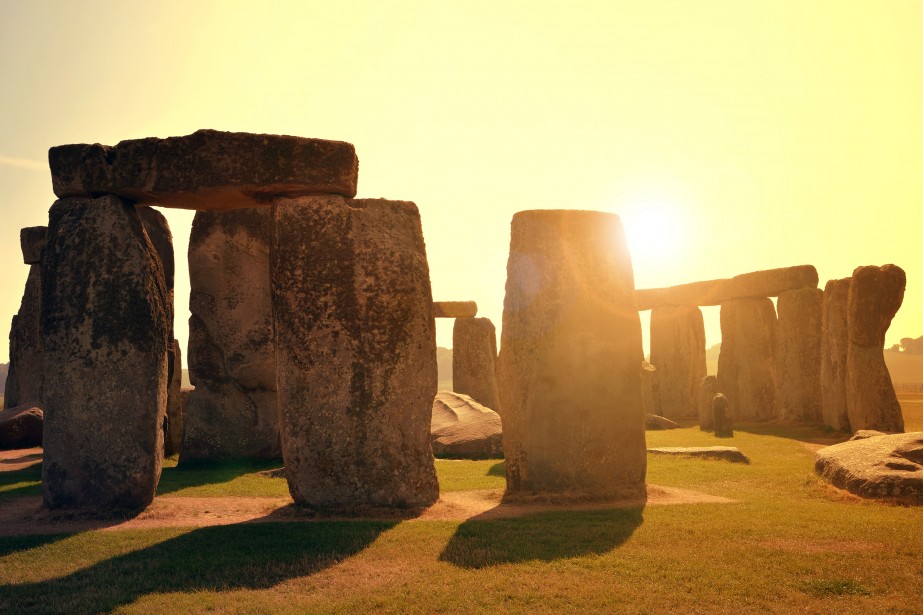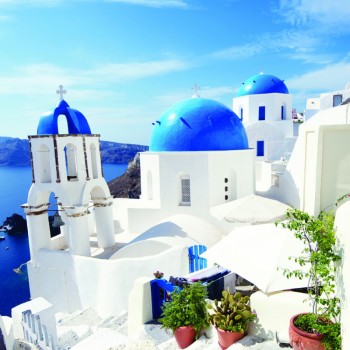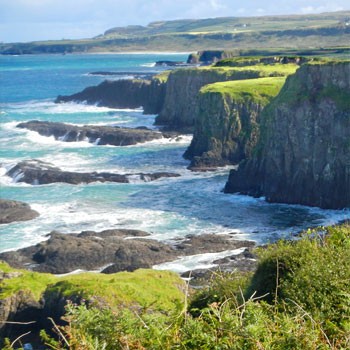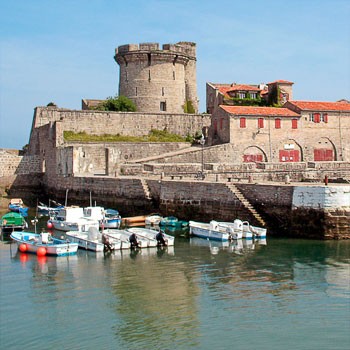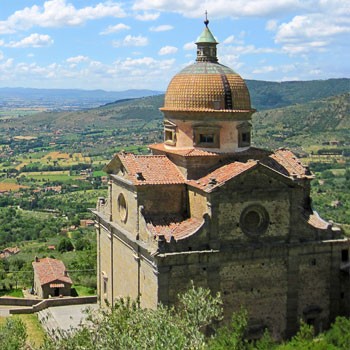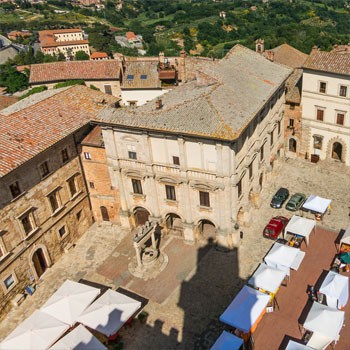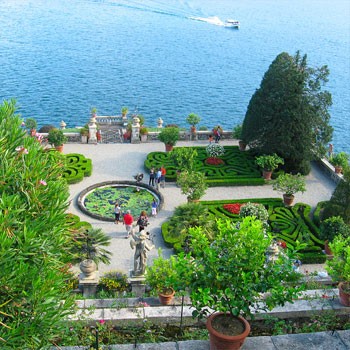Submitted by Adam Sherlip on July 28, 2016
Overview
The Kingdom of Denmark is a Nordic/Scandinavian (they’re similar, but different) country on the mainland of Europe, sharing major borders with their Scandinavian brethren Norway (north-northwest via the Skagerrak straight and North Sea) and Sweden (north-northeast and east of most of the country, northwest of the island of Bornholm, which sits in the Baltic Sea between Sweden, Poland and Denmark), as well as a southerly border with Germany and the rest of mainland Europe.
Denmark is divided into five regions that only sort of help you understand Denmark’s layout. Jutland is the peninsula of the European continent that begins in Germany and continues into Denmark. Once on the Danish side of the border, the Jutland peninsula is divided into the sub-regions of North Denmark, Central Denmark (home of Denmark’s second largest city, Aarhus) and Southern Denmark, the latter of which includes the island of Funen, located east of Jutland, home to Denmark’s third largest city of Odense. To the east of Funen is the island of Zealand, comprised of a region with the same name, and the Capital Region, anchored by Denmark’s capital city: Copenhagen.
With a population of 1.2 million people, København, as it’s spelled locally, is the largest city of Denmark and the cultural, culinary and entertainment hub of the country. It’s a beautiful, colorful city situated on the east coast of the island of Zealand, only 45 minutes from Malmö, Sweden via the innovative Øresund Bridge, which spans nearly 5 miles (8 km) above water before connecting to the Drogden Tunnel, which runs another 2.5 miles (4 km) below.
The Kingdom of Denmark is a constitutional monarchy with a parliamentary democracy and includes its namesake Denmark, as well as the mostly-self-ruled countries of Greenland and the Faroe Islands, which are not members of the UN, in case you were wondering. Denmark is a member of the European Union, but not the Eurozone and is one of the world’s most progressive countries, with a high quality of life for its 5.6 million citizens. The Legatum Institute (Prosperity.com) ranks Denmark as the third most prosperous nation in the world due to its entrepreneurship opportunity, governance, free education and social capital.
Denmark is a destination for tourists who want to enjoy the peace and comfort of modern Europe in a beautiful country of rolling hills, beaches, waterfronts and historical cities with friendly people.
When to Travel – Weather
Due to its northern location, Denmark has long, dark winters and long, sunny summers (although not as extreme as their neighbors to the north), but remains temperate throughout the year, averaging just below freezing in the winter (30°F/-1°C) and maintaining a comfortable room temperature of around 70°F/21°C in the summer. It rains or snows on average every other day in Denmark, so be sure to pack some waterproof clothing and gear.
Football (soccer) is the most popular sport in Denmark, which hosts its own national league and participates in UEFA Champions League (when teams qualify). Ice hockey is gaining in popularity as more players enter the NHL and sports such as biking, tennis and golf have also increased in popularity around the country. There are now over 175 golf courses in Denmark, for travelers that love to hit the range, and opportunities view bike tours, or undertake one yourself.
Denmark’s a great country for walking, jogging, biking, soccer, handball, golf, tennis and more, no matter the season.
Food and Drink
Denmark is the one of the world’s largest consumers of meat, as evidenced by the popular, traditional dish Stegt flæsk, which in English means “fried bacon”. If that’s not enough to make a carnivore’s mouth water, other traditional dishes include flæskesteg (roast pork) and frikadeller (pan-fried meatballs). These savory dishes can and should be washed down with hallmark Danish beers, like Carlsberg or Tuborg, as beer is an important historical and cultural beverage for Denmark.
Many people know the word smorgasbord, which originates in Sweden. In Denmark, smørrebrød, or open-faced sandwich, is a traditional lunch that encourages you to play with your food and show your creativity as you pile an assortment of fish, such as pickled herring, salmon or halibut on to rye bread with a variety of condiments. Copenhagen restaurants like Schønnemann and Det Lille Apotek (That Little Pharmacy) are old, traditional restaurants where you can get an authentic “koldt bord” (cold plate) lunch and build your smørrebrød.
Beyond the traditional, Denmark is also becoming a destination for world class restaurants, and Noma, in Copenhagen, is among the best. This Two-Michelin-Star restaurant has been consistently ranked as one of the finest restaurants in the world (and many reviews consider it THE best) for its innovative, seasonal menu consisting of only Nordic food. They’re taking their mandate so seriously that they’ll be closed all of 2016 to open a new location in 2017 where they will debut a vegetable farm on site to be used in their dishes.
But traditional and modern are not all for Danish cuisine. Denmark is loaded with restaurants and stands that specialize in pølsers (hot dogs), both simple and complex. Danish hot dogs are often pork or a pork-veal mix, are usually way longer than the bread they’re served on, and are mostly topped with ketchup, mustard and fried onions. But that’s if you’re looking for something simple. There is practically no limit to what can be put in the casing, how you can top it, and even in what type of bread it is served in, so when in Denmark, do as the Danes do and enjoy some pølsers!
If you’ve got room for dessert, the pastry known to the world as “a Danish” is referred to as wienerbrød (Vienna Bread) in Denmark as it originated in Vienna (like so many incredible pastries) and was introduced in Denmark in 1840 by Viennese chefs. Apple cakes are also a popular pastry, while ris à l'amande (rice pudding with almonds) and æbleskiver (Christmas donuts) are popular desserts to try in November or December.
Popular Vacation Spots
Copenhagen – Denmark’s capital is more than just a capital city. It’s a beautiful city on the water that is colorful and vibrant, with great food and great sites. You can start a day at the “Little Mermaid” statue built in 1913 by Edvard Eriksen (based on Danish author Hans Christian Andersen’s fairy tale) at the Lagelinie Promenade, then stroll along the Nyhavn canal with a beer or coffee, followed by a visit to one of the historic amusement parks, like the world famous Tivoli Gardens, Walt Disney’s inspiration for Disneyland, or the less-touristy Bakken (Dyrehavsbakken), the oldest amusement park in the world (Tivoli’s the second oldest), just outside Copenhagen.
Copenhagen’s full of incredible art, science and history museums, as well as beautiful palaces, churches and delicious restaurants. Communities like Christiania are very artsy and hippie, while Strøget is the pedestrian street that stretches 1.1 kilometers through the most upscale shopping district in the city.
No matter your budget, Copenhagen is a truly remarkable city, and shouldn’t be missed. It’s a cross-road between Scandinavia and Western/Central Europe, and offers a much more interesting, eclectic setting than expected.
Odense – The home of Hans Christian Andersen, Denmark’s third largest city and the capital of Funen island, Odense’s a thousand-year-old city with castles, churches and museums that’s great to walk and bike around and a perfect launching pad to see Funen after leaving Copenhagen.
Aarhus – Denmark’s Second City and the cultural heart of Jutland, Århus (Aarhus) is a unique blend of ancient history and modernity. The top attractions of Århus are the Moesgaard Museum, a striking, modern building overlooking the woods and sea, with vivid displays of Viking and pre-history. This dichotomy lends itself especially well to the staged settings and dramatic storytelling that brings the past alive. Keeping the past alive is a theme in Århus, and the Den Gamble By Old Town Museum is an open-air, interactive museum that showcases different eras of Denmark’s past. As is the case in Copenhagen, Århus offers the best of traditional and new Nordic cuisine, from smørrebrød and Michelin stars to great bars and coffee shops.
Billund – In the northern part of Southern Denmark on Jutland peninsula, this town of about 6,200 people became one of the most important towns for children toys in world history in the first half of the 20th Century. LEGO has been the backbone of Billund for nearly 75 years, and since 1968, the home of Denmark’s most popular theme park, LEGOLAND. That’s really it for Billund, and if that’s not enough, you hate fun.
Jelling – About 80 km south of Århus and 30 km east of Billund the Jelling is evidence of the first usage of the word “Denmark” on rune stones raised in the 10th Century, during the Viking era, by father and son kings. They signify a transitional moment in Danish history from a pagan, Norse country to a Christian one.
Practical Information
Currency
Scandinavia is one of the most expensive places in the world to visit, and Denmark is no exception.
The Danish Kroner (DKK) is a stable currency, pegged to the Euro at approximately 7.46Dkr per €1. One US dollar equals approximately 6.9kr, but these numbers fluctuate more regularly, so be sure to check at a bank or on a reputable currency website, like XE.com. Within the confines of Scandinavia, one Danish krone is approximately 1.25 Norwegian kroner and Swedish kronor. These currencies are all considered foreign currency in Denmark, and are not accepted as legal tender.
Kroner notes come in denominations of 50, 100, 200, 500 and 1,000kr. Kroner coins come in 1, 2, 5, 10 & 20kr denominations, as well as 50 øre, which equals half a krone.
A 1-star hotel in Denmark costs 595-850kr/night ($85-125 US), with higher quality hotels ranging from 1000kr-4630kr ($150-700 US) per night.
A half-liter of beer (approx. 1 pint) usually ranges from 35-50kr ($5-7 US)
Visa, Mastercard, Cirrus and Euro are widely accepted around Denmark. American Express is only accepted at some businesses. An ATM card backed by the major credit card companies should work in ATMs around Denmark, and is a more effective method of receiving cash than foreign currency exchange. International credit cards are often not accepted at supermarkets and smaller stores, so having cash on hand is recommended.
For most services in Denmark, additional tipping is not necessary, as gratuity or service charge has been included in the final price. Be sure to check your bill though, as this should be displayed clearly. Small tips are definitely appreciated, but not necessary, so if you’re extra happy with the service or product you’ve received, feel free to round up on your final bill to leave an extra good impression.

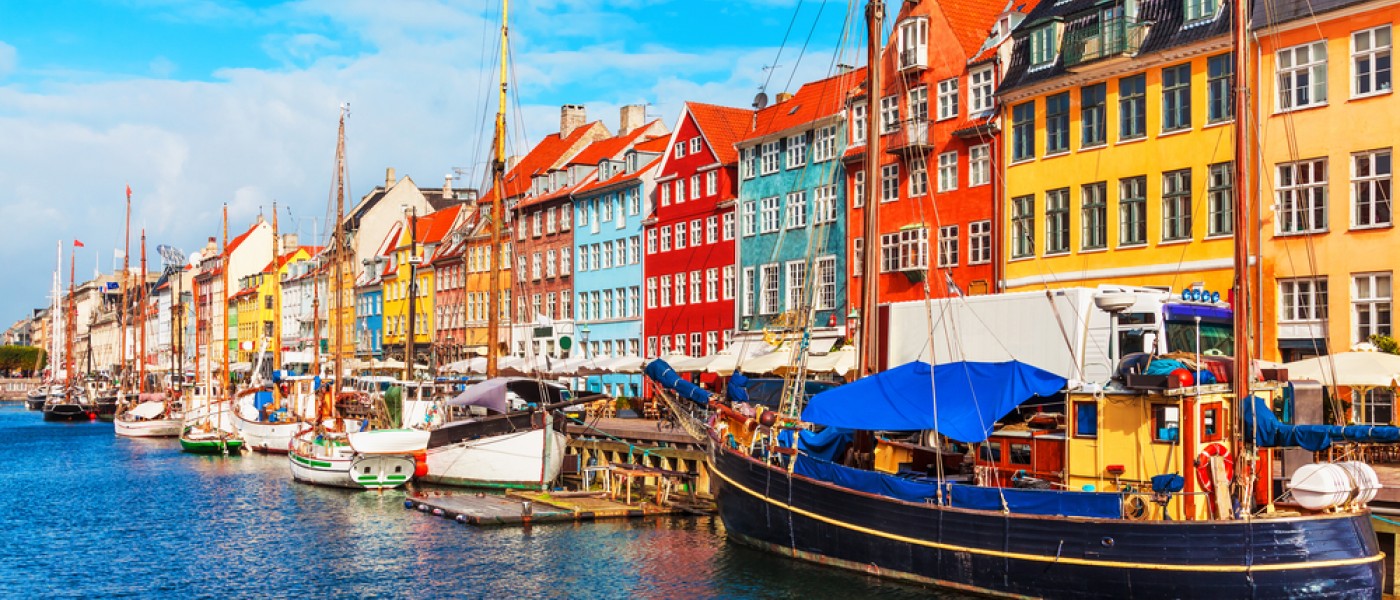
 ')">
')">